
Beta testing is your opportunity to share your new product with real users and generate some valuable usage data ahead of the official launch—and, in some cases, also after.
During this cycle of testing, you’ll be able to find out what users think of your software, catch some defects that otherwise might have compromised the user experience, and even provide a bit of support to your marketing efforts for the product.
In this article, we’ll talk about the five types of beta testing and tell you how they can help you achieve all of the above-mentioned goals.
Let’s start small, with private beta testing.
Table of Contents
Private beta testing
Private (or closed) beta testing is a very controlled and high-touch form of testing where testers need an invite to participate and are expected to deliver a substantial amount of feedback on the software.

The great thing about this round of testing is that you have a high degree of control over what kinds of users are interacting with the product.
This means you can gather precise and dependable data on where the problems with the software lie and how users are likely to feel about the product once it’s launched.

Get unreal data to fix real issues in your app & web.
A lot of this data is collected through surveys and questionnaires that ask users about things like:
- Most and least favorite aspects of the software
- Noted bugs
- The improvements they’d like to see next
- Their likelihood of recommending the product to friends and colleagues
Since private beta testing is limited to no more than a couple of hundred testers, it allows your team to collect and analyze qualitative data with relative ease.
There are even handy templates you can easily customize and distribute to your email list of beta testers. And when it comes to templates, Typeform offers some great options.
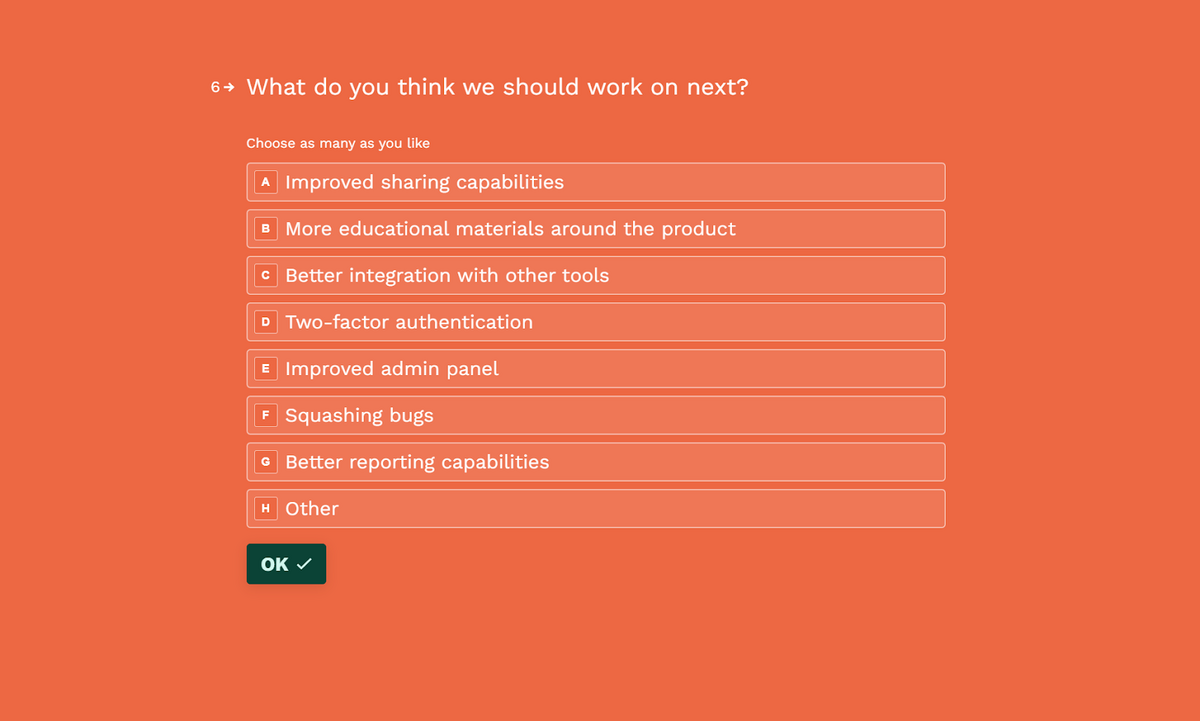
The aforementioned limits of private beta testing also make it one of the most cost-efficient types of testing because the amount of data collected through feedback that needs to be processed isn’t overwhelming.
This makes private beta testing especially popular with startups and smaller software companies where test budgeting is an issue.
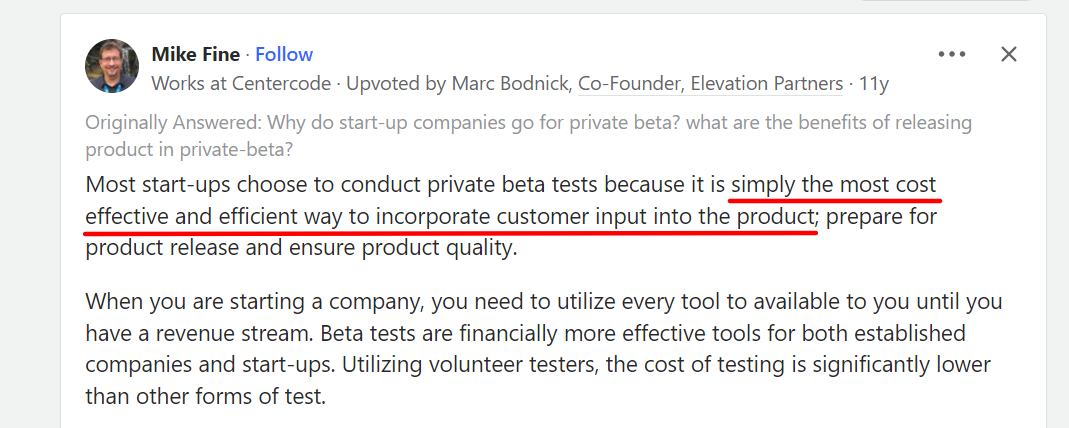
So, to recap, private beta testing is a cost-effective, easily implemented way of gathering feedback about your product before you’re ready to launch.
Use it to make informed decisions about changes to the product and prepare for launch.
Public beta testing
Unlike private beta testing, public (or open) beta testing is available to anyone who wants to try out your product in late-stage development and can count thousands or even millions of users.
It logically follows that data and feedback collection works a lot differently in this case.
Instead of asking for feedback directly, you might find it more useful to track social media, forums, and other resources testers might use to talk about their experience with the product.
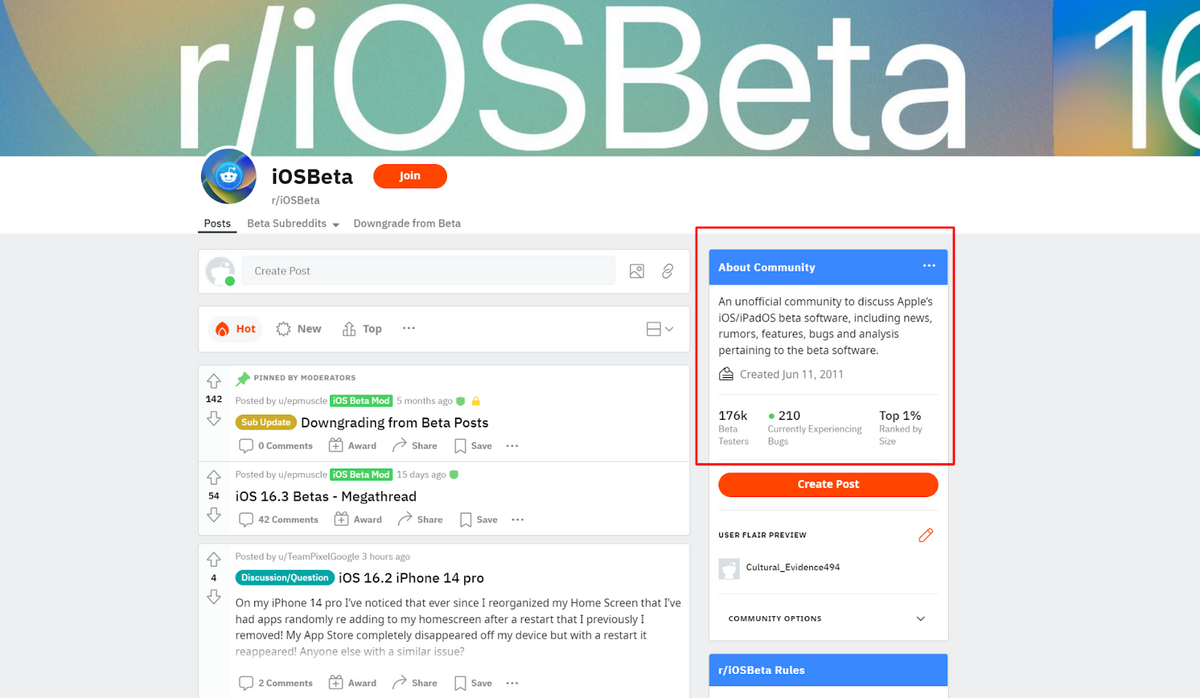
Also, seeing how this type of testing is open to anyone who wants to participate and doesn’t need an invite, it should make sense that it’s not commonly used for B2B software products.
After all, these types of products are used to carry out important work and even handle sensitive information, which could be at risk if it’s done in unfinished software.
Instead, it’s used for websites, more casual apps, and especially online video games.

Taking into consideration that open beta testing is available to anyone and that data and feedback gathered are more diffused and, it could be argued, less useful, open beta testing is actually more valuable from a marketing perspective than strictly software testing.
It’s often carried out as a marketing tactic to give users and reviewers a chance to try out the product before it’s available for purchase.
As such, the owner of this process at the company is a high-ranking member of the marketing team, whereas the owner of private beta testing is usually the product manager or the quality control manager.
So even though private and public beta testing are often mentioned in the same breath, they serve very different functions and generate different results.
Technical beta testing
This type of testing is specific because it doesn’t include your end-users at all.
It’s usually carried out within the company, using experts (such as QA testers or developers) who access the product with the explicit goal of tracking down bugs, defects, and errors.
In other words, technical beta testing is mostly concerned with defect management and less so with usability and user experience, which were largely the topic of private beta testing in our first section.
This is an important part of the software testing cycle because the kinds of bugs that are found in technical testing are often those that elude non-experts.
Instead, they are more likely to be found by people with a more thorough understanding of the project and its code.
Another characteristic of technical beta testing is that the testers are obliged to create comprehensive reports for every single bug they find, with details on the environment that triggered the bug, a description of the bug, and its severity.
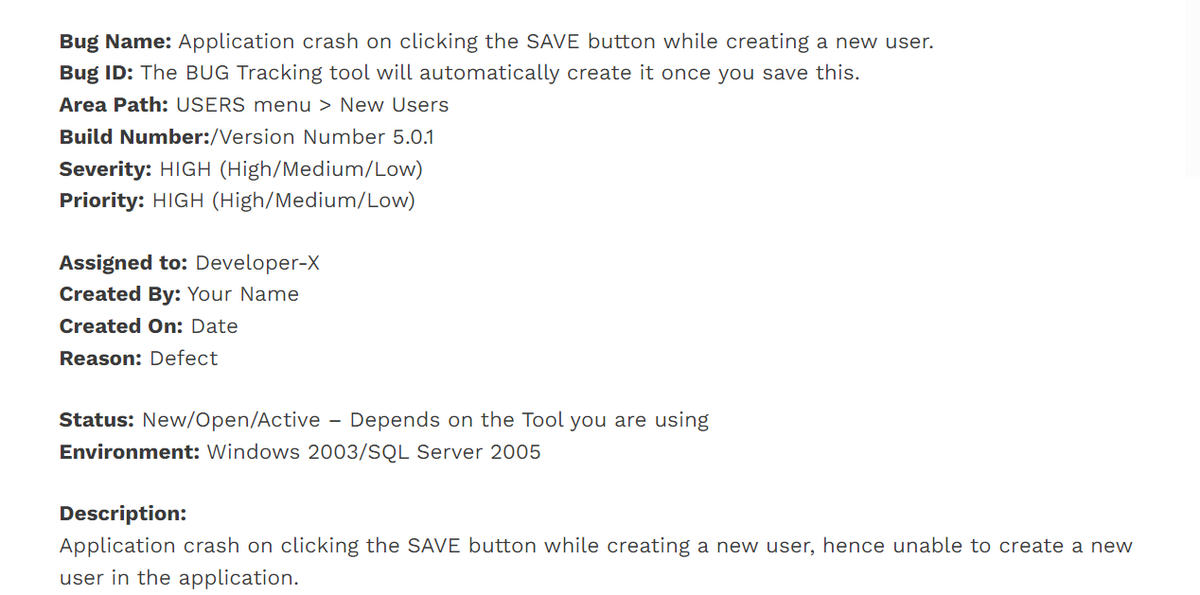
As we said before, the people who carry out technical beta testing are hired professionals who are familiar with the product.
Since technical testing is part of their job, you can count on each tester to finish the process and submit a report, which is different from other forms of beta testing, where users have the option to quit the process once they discover that the product is too buggy or simply unappealing.
The beta testing in the latter case often produces reports and feedback that cover only parts of the product (usually the less buggy and more polished ones), while some parts remain largely unexplored.
All in all, technical beta testing is a very precise, reliable type of testing carried out by professionals from your own company.
It produces comprehensive, actionable reports and focuses on software defects. It’s one type of testing that should never be skipped.
Marketing beta testing
Marketing beta testing has much in common with open beta testing, discussed a few sections ago.
Both have the explicit goal of getting the word out about your new product and generating some much-needed buzz ahead of the launch.
However, while the outputs of other types of beta testing (technical testing especially) are bug reports and possible improvements, marketing beta testing results in materials that can later be used for marketing purposes.
Examples here include online reviews, testimonials, and influencer recommendations.
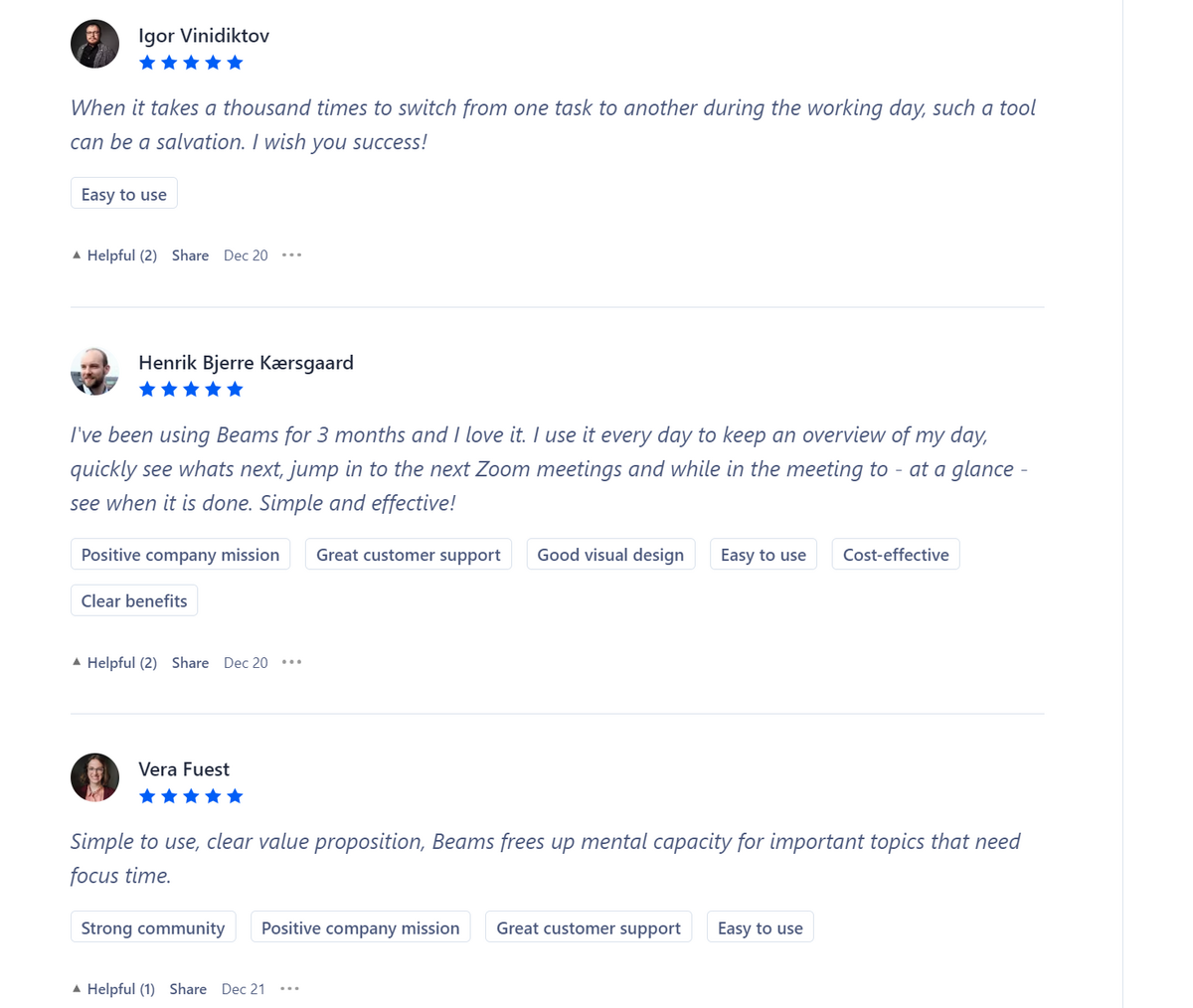
In recent times, user-generated content like this has been gaining traction as a marketing tool in the SaaS industry.
That’s especially true for the younger generations, which have developed an aversion towards advertising and instead place their trust in the honest opinions of their peers.
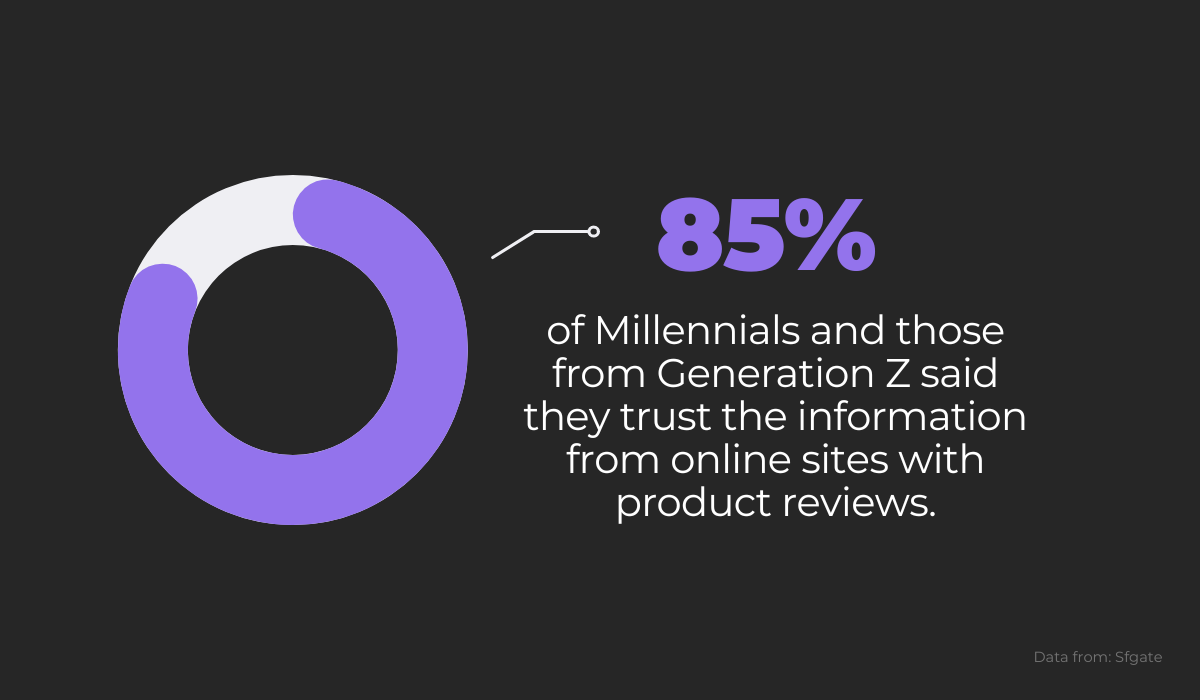
Therefore, marketing beta testing is a way for marketers to generate content and promotional materials even before the product is officially launched.
But there’s even more to it than that.
As your audience is testing your product, you also have an opportunity to test your audience and gain insights into what kinds of users the product attracts so you can begin to form audience segments and prepare messaging for each one.
For this purpose, you can use analytics software (Google Analytics, for example) and monitor users while they’re conducting beta testing to collect data such as:
- Age groups
- Preferred browsers
- Preferred devices (mobile, desktop, tablet)
- In-market and affinity information
All of this data can later be used to customize your approach to each segment and once again provide marketing materials that have the best chance of reaching and activating your intended audience.
Long story short, software companies, SaaS in particular, have a lot to gain from marketing beta testing.
This type of testing offers companies an opportunity to amass user-generated marketing content as well as gain insights into their audience even before the product hits the market.
Post-release beta testing
Although it’s true that the bulk of beta testing is carried out before the product is launched, that doesn’t mean there’s nothing left to test at that point.
In fact, beta testing works best when it’s considered a continuous process that’s carried out concurrently with the improvements, changes, and updates of the product.
For example, once you’ve gathered enough feedback from your users, you’ll want to act on it and implement the improvements and new features your users requested, to better satisfy them and provide a more enjoyable experience.
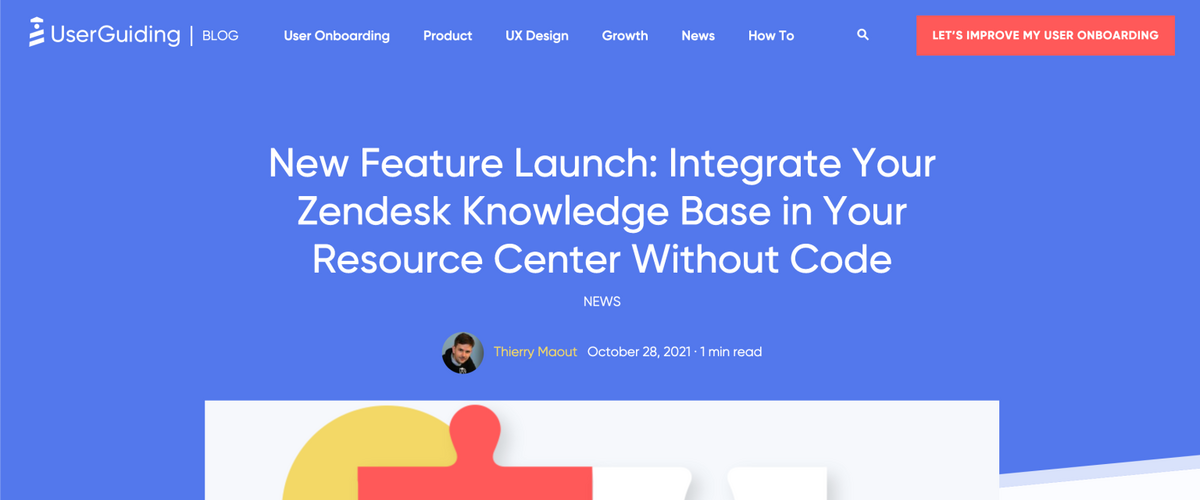
And just like the product itself, these changes will need to be tested by users to discover possible bugs and inform you if they really respond to the users’ needs.
Post-release beta testing can be carried out while the product is live and one tool that can help you ace it is Shake.
This bug-reporting tool allows users (or testers) to generate data-rich reports easily, while using the product.
Shake is completely automated, so when the user notices and reports a bug, the app generates every bit of information your team will need to fix it quickly.
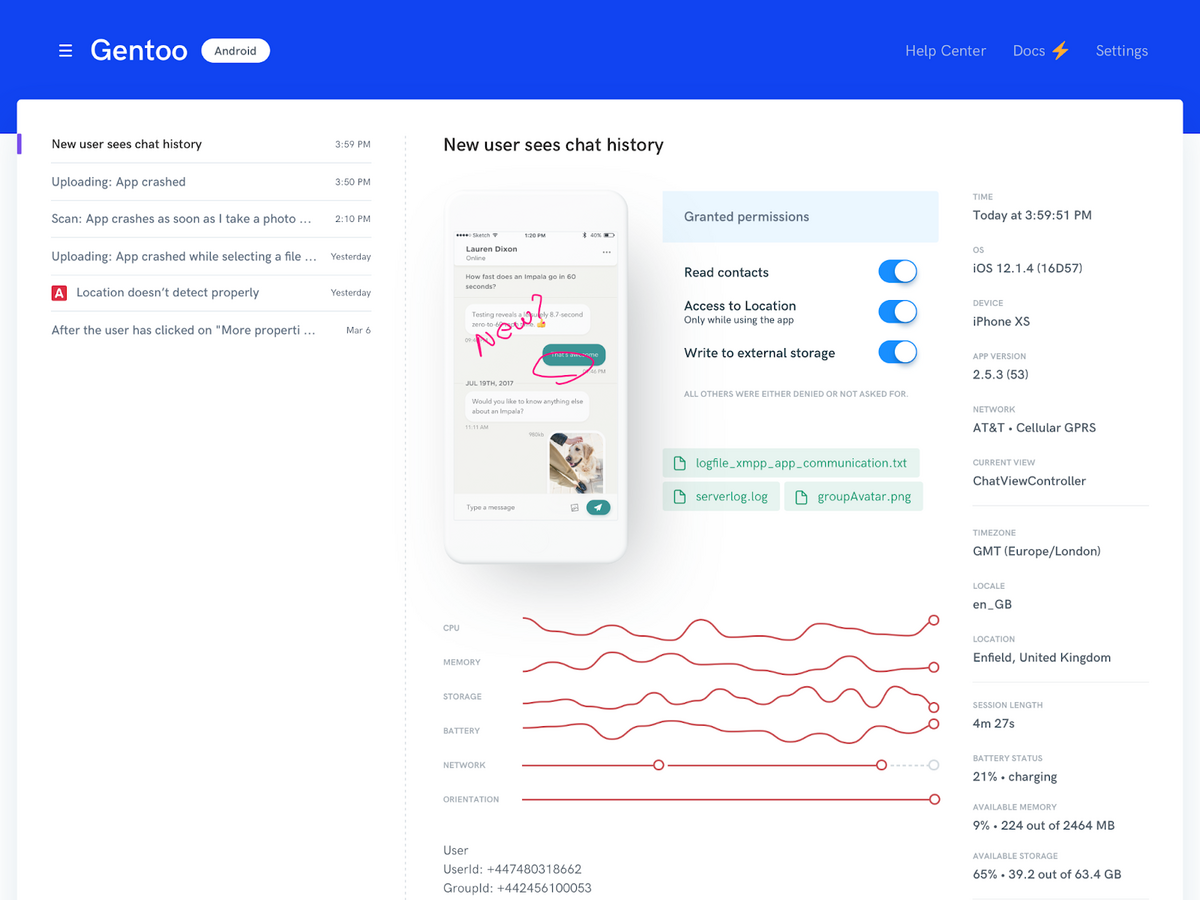
Don’t think of beta testing as a literal test your product needs to pass in order to be shared with the world. Instead, accept it as a continuous process that should be applied every time you change or improve your product.
That way, you’ll ensure the best possible experience for your users, as well as a steady stream of feedback to keep improving your software.
Conclusion
The five types of beta testing we described in this article should help you achieve multiple goals ahead of your product’s launch and after it.
Carrying out all or some of them will result in catching bugs and defects, generating feedback for possible improvements, as well as providing support for your marketing efforts.
Beta testing relies on real users to give you an insight into how your product will be received on the market, meaning it’s definitely a process worth your time and resources.





